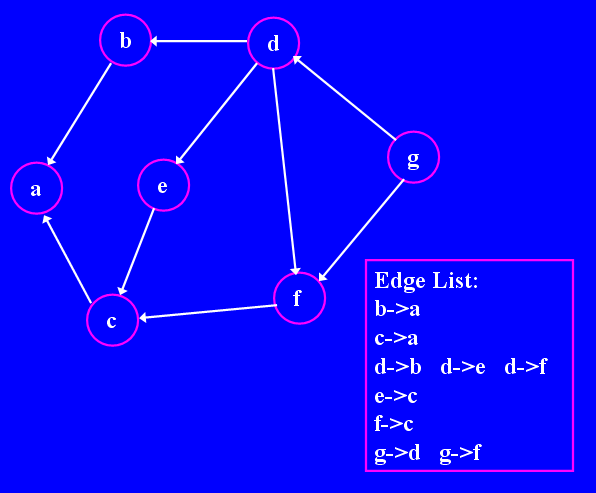This programming assignment is designed to ensure that you know how to use
combinations of collection classes to model and solve a wide variety of
different programming problems. The kind of abstract thinking that goes
into modeling solutions to these programming problems with collection
classes is critical to your development as computer scientists. Collection
classes are important and useful themselves, and they also rely on almost
everything powerful that we have learned about Java: interfaces, classes in
an inheritence hierarchy, casting, and general pupose iterators.
For problems in this suite, you must be familiar with the Java interfaces
for Queue, Set, Map, List, Iterator, and Comparable. In addition, you must
understand the use of the classes SimpleQueue, HashSet, HashMap, ArrayList,
and LinkedList, which implement these collections. You must also understand
the use of the static sort method defined in the Arrays and/or Collections
classes, which use these interfaces, especially Comparable. If you need to
use the Arrays class, you must be able to convert between collections and
arrays. Finally, you should be familiar with the casting of generic
(Object)/(Comparable) references, when necessary, and be able to
read/use/write small classes with public instance variables that store
compound data.
Read a file of words, building a map (Map[String] -> Integer) from each
word to its frequency (the number of times that it occurs in the file),
and print the map. Then build a list (List[Map.Entry*]) consisting of the
word/frequency pairs in the map. Sort and print this list twice: first with
the word/frequency pairs ordered alphabetically; second with the
word/frequency pairs ordered from highest to lowest frequency (words with
equal frequency can appear in any order; the built-in sort method will take
care of these details).
- Create the map while processing the input file
- When printing the map (and later the list, twice) use a single line
of Java code each time, calling the standard toString method on
the collection being printed (either implicitly or explicitly).
- Build the list using the Map.Entry objects stored in the map.
- To sort the list, either use two anonymous classes (or write two
small named classes) specifying the ways to order the Map.Entry
objects stored in the list.
Sample Input:
w x y z
w x y
w x w a c
a b
c
Sample Output:
Enter name of file of words: input1.txt
Map:
{b=1, x=3, a=2, w=4, z=1, c=2, y=2}
List (sorted alphabetically):
[a=2, b=1, c=2, w=4, x=3, y=2, z=1]
List (sorted by frequency):
[w=4, x=3, a=2, c=2, y=2, b=1, z=1]

